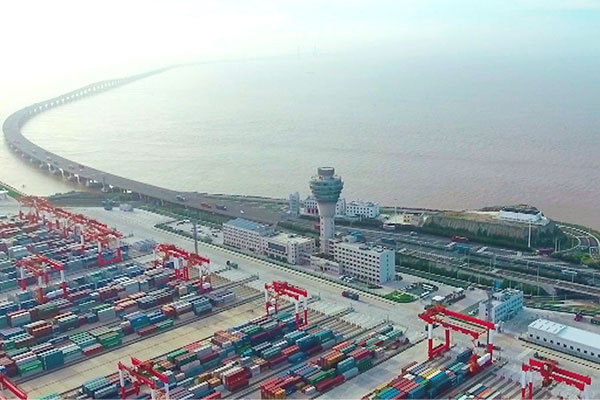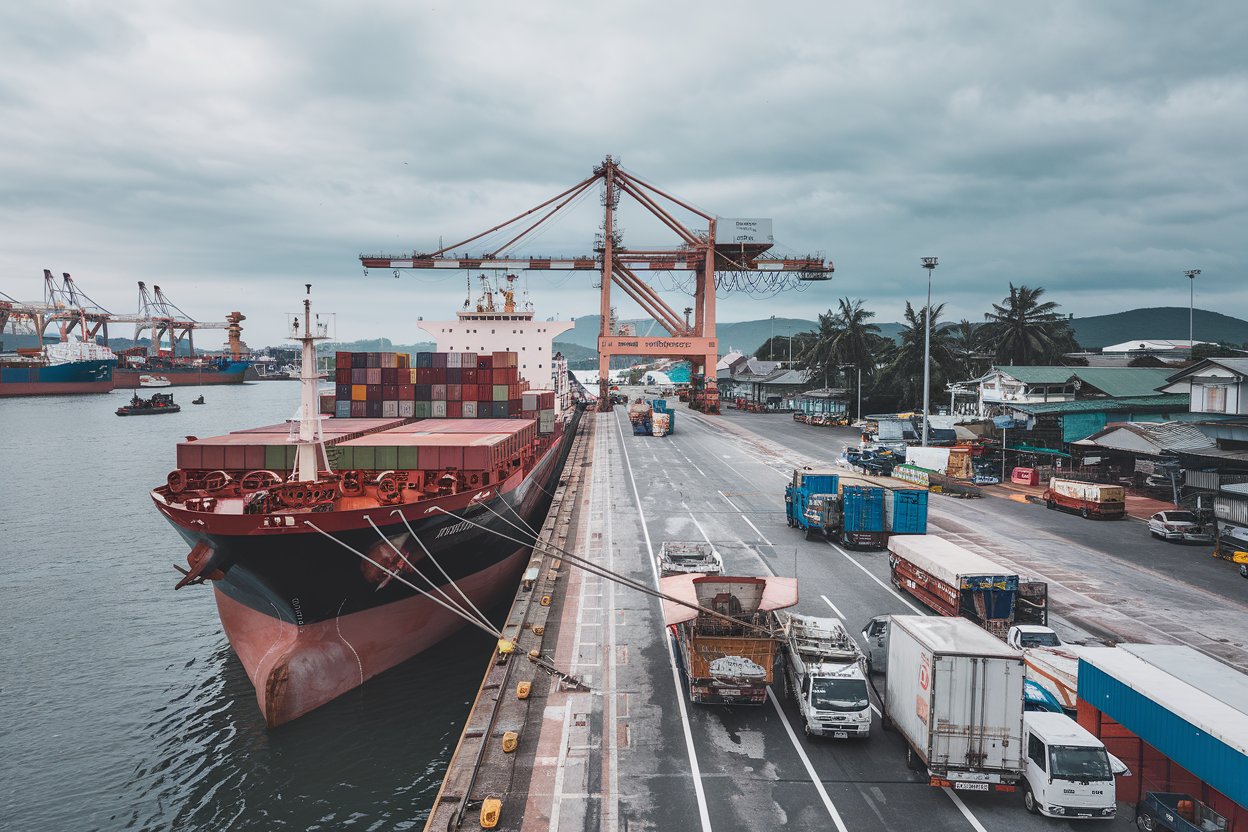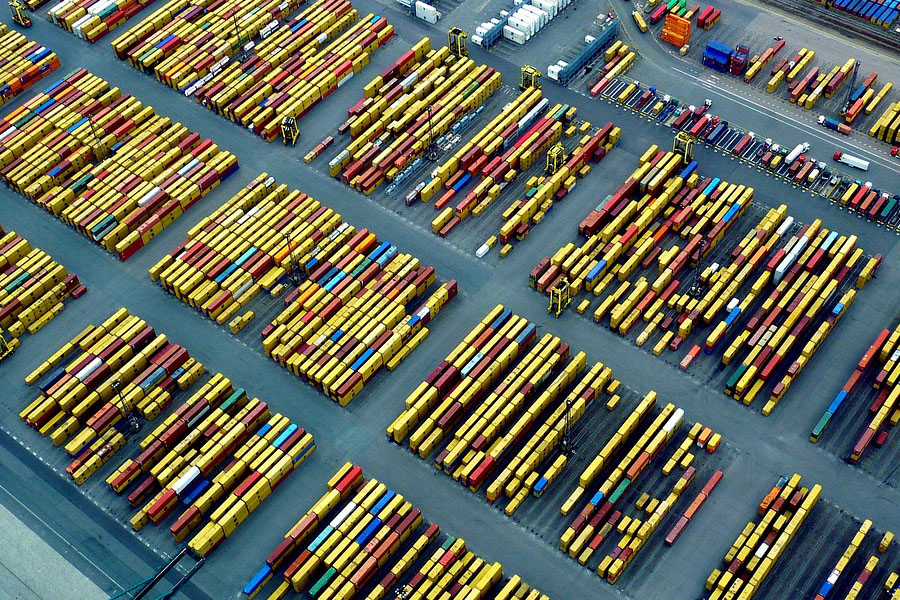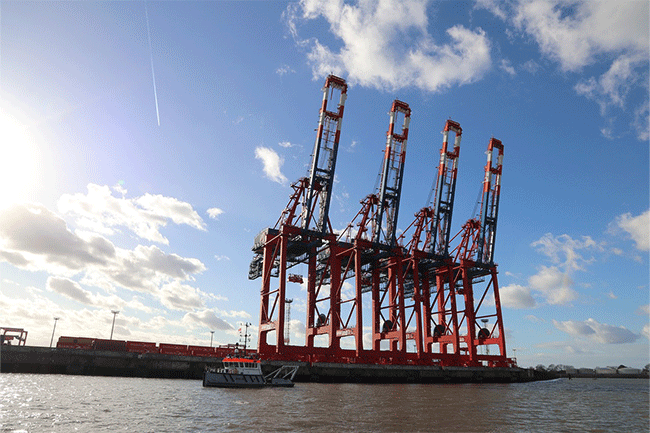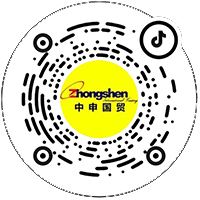- Shanghai ZhongShen International Trade Co., Ltd., with 20 years of experience in foreign trade import and export agency services.

I. Current State of Australian Red Wine Import Trade and Policy Background
In recent years, China’s imported-wine market has kept expanding. Thanks to their fruity bouquet and high price-performance ratio, Australian reds have long held a top-three share. Customs data show that, in the first half of 2023, China imported Australian wines worth USD 280 million. Although earlier anti-dumping duties caused some fluctuation, the origin preferences under the China–Australia Free Trade Agreement still deliver policy dividends: eligible Australian reds can clear customs with FORM E.Certificate of OriginEnjoy a 0–5% tariff reduction (HS code 2204210000 corresponds to sparkling wine, and 2204290000 corresponds to other grape must).
It should be noted that the landscape of international trade is changing rapidly: on the one hand, customs oversight of imported food safety is tightening; since the 2023 Implementation Measures for the Registration Administration of Overseas Food Production Enterprises for Imported Food took effect, overseas wineries must complete China registration (FCP) before they can export to China. On the other hand, RMB exchange-rate volatility and heightened compliance requirements for cross-border settlement pose greater challenges to corporate treasury management.
II. Key Points of Agency Services in the Full Customs Declaration Process for Imported Australian Red Wine
As a professionalforeign tradeAgent,?Zhong Shen?Deeply engaged in the entire process from requirement alignment to final delivery, with core value reflected inControl of Document ComplianceandLogistics risk backstopTwo major stages.
(I) Preliminary Preparation: Requirement Confirmation and Contract Review
During the client-consultation phase, the agent must clarify the import purpose (wholesale/retail/own use), volume metric (FCL/LCL), customs-clearance port (mainstream ports such as Shanghai/Shenzhen/Ningbo), and any special requirements (e.g., organic certification, low-sulfur process). When negotiating and signing the contract, focus on reviewing the trade terms (CIF/FOB/CFR) and payment method (T/T?L/C?/D/P) and dispute-resolution clauses, with special attention to risk points such as “non-conforming quality” and “delayed delivery,” so as to avoid subsequent disputes.
(II) Order Execution: Payment and Production Supervision
The agent arranges payment in accordance with the contract; if a letter of credit (L/C) is involved, the documents presented by the beneficiary (e.g., commercial invoice, bill of lading) must be strictly examined for conformity with the L/C terms to prevent a “discrepancy” that could lead to the bank’s refusal to pay. For OEM or customized wines, the agent shall coordinate with the quality-control team to conduct on-site supervision at the Australian winery, verifying that raw-material traceability (grape variety, growing region) and production processes (fermentation duration, oak-barrel ageing) comply with Chinese standards (GB 15037-2006 “Wine”), and retain photos and inspection reports for customs inspection.
III. Handling of Key Documents: Compliance Assurance from Origin to Customs
Documentation is the “l(fā)ifeline” of customs declaration; any error or omission—such as an incorrect HS-code classification or a mismatch between declared ingredient content and the test report—can trigger rejection, additional duties, or even cargo detention. The forwarder’s professionalism is reflected inPre - review of documentsandDynamic adjustmentTwo major dimensions:
- Core document list: Commercial Invoice (must show FOB price as the basis for customs valuation), Packing List (indicate bottles per carton, gross/net weight), Bill of Lading (?Ocean shipping?for B/L,?Air freight?for AWB), an official Australian Health Certificate (confirming freedom from microbial contamination), a component analysis report (covering key indicators such as alcohol content and sulfur dioxide levels), label samples and their Chinese translations (which must comply with GB 7718-2011, the General Standard for the Labeling of Prepackaged Foods), and a FORM E Certificate of Origin (the essential document for tariff preferences, to be applied for by the Australian exporter through the local chamber of commerce).
- Preliminary Review and Revision: The agent will review all documents 3–5 working days in advance, focusing on verifying the “four-document consistency” (contract, invoice, packing list, and bill of lading). If mandatory information such as “Excessive drinking is harmful to health” is missing from the wine label, the overseas shipper will be notified immediately to make corrections; if the sulfur dioxide level in the ingredient report exceeds the Chinese limit (≤250 mg/L), the client will be advised to adjust the purchase batch.
IV. Logistics Management: Optimal Route Selection and Risk Control for Sea/Air Freight
Red wine is a fragile product, sensitive to transport temperature (12–18 °C) and vibration; the logistics plan directly affects the damage rate and customs-clearance time. The freight forwarder’s logistics advantages are reflected in:
(1) Selection of Transportation Mode
- Full Container Load (FCL) by Sea: Suitable for large orders (a 20-ft container holds ~18,000 bottles, a 40-ft container ~36,000 bottles) and offers low cost (sea freight from Melbourne, Australia to Shanghai in 2023 is about USD 2,500–3,500 per container). However, pay attention to the sailing schedule (about 25–30 days to port) and the rental of temperature-controlled (Reefer) containers (an extra ~USD 500–800 per container).
- 空運(yùn)(Air Freight): Suitable for rush orders or small batches (≤2 tons per shipment), with fast transit (5–7 days to port), but high cost (approx. US$8–12/kg). Advance confirmation of airline restrictions on liquid cargo is required (e.g., products containing >24% alcohol are prohibited).
(II) Risk Control Measures
The agent will take out Marine All Risks insurance for the client, covering collision, leakage, and water damage during transit; complete the manifest pre-filing (MANIFEST) three days before arrival to avoid demurrage charges (approx. USD 100–200/day) caused by information delays; at the destination port, coordinate with the customs broker and shipping agent during the Delivery Order (D/O) exchange to ensure the cargo enters inspection or release procedures within 48 hours.
V. Extended Services: VTB for Russian Business?Foreign exchange settlement?Advantages and Certification Tips
For clients simultaneously engaged in Russian wine trade, the agent can provideVTB Bank's foreign-exchange settlement convenienceAs a long-term partner of VTB Bank, Zhongshen International Trade can assist clients in completing ruble/RMB cross-border payments through VTB’s “China-Russia local-currency settlement channel.” Compared with traditional U.S.-dollar settlement, this saves 3–5 % in exchange-rate costs and cuts arrival time to 1–2 business days, effectively avoiding the risks posed by SWIFT system restrictions.
Regarding certification reminder: Importing Australian red wine requires completionRecord - filing of Imported Food Consignor(applied for through the General Administration of Customs’ “Internet + Customs” platform) andChinese label filing(Some ports require label proofs to be submitted for pre-approval). In addition, overseas wineries must be listed on the “Register of Overseas Food Production Enterprises for Import” published by the General Administration of Customs of China (FCP number). Special note: Zhongshen International Trade does not handle the above certifications directly, but can help collate the documents required for filing (e.g., business license, customs declarant registration certificate) and provide templates and guidance for completion.
VI. Core Considerations for Enterprises When Choosing an Agent: Professionalism and Risk-Covering Capacity
In the imported-wine business, “professionalism” is not just knowing the procedures; it is command of the tiniest details. —One client once had a whole label shipment rejected because the “production date” was missing; the broker co-ordinated an emergency reprint at the overseas plant and saved a US $30,000 demurrage bill. —Another lot almost lost tariff preference because the FORM E certificate was dated after the B/L; the broker promptly filed a “post-dated certificate” request with customs (transport proof attached) and secured the duty benefit in the end.
When selecting a freight forwarder, focus on three key points: 1. whether they hold AEO certification (Authorized Economic Operator status grants priority inspection and faster customs clearance); 2. whether their logistics network covers Australia’s major export ports (Sydney, Melbourne, Adelaide); 3. whether they can provide “dual-invoice customs declaration” (the forwarder acts as the declaring party while the client is listed as the consuming/using unit), meeting the financial accounting needs of different enterprises.
In summary, customs clearance for imported Australian red wine is a systematic project of “policy + process + details.” A professional foreign-trade agent can compress clearance time from 7–15 days to 3–5 days and cut document error rates to below 0.5 % through advance document review, logistics optimization, and risk coverage, truly achieving “compliant import and efficient turnover.”
? 2025. All Rights Reserved.
